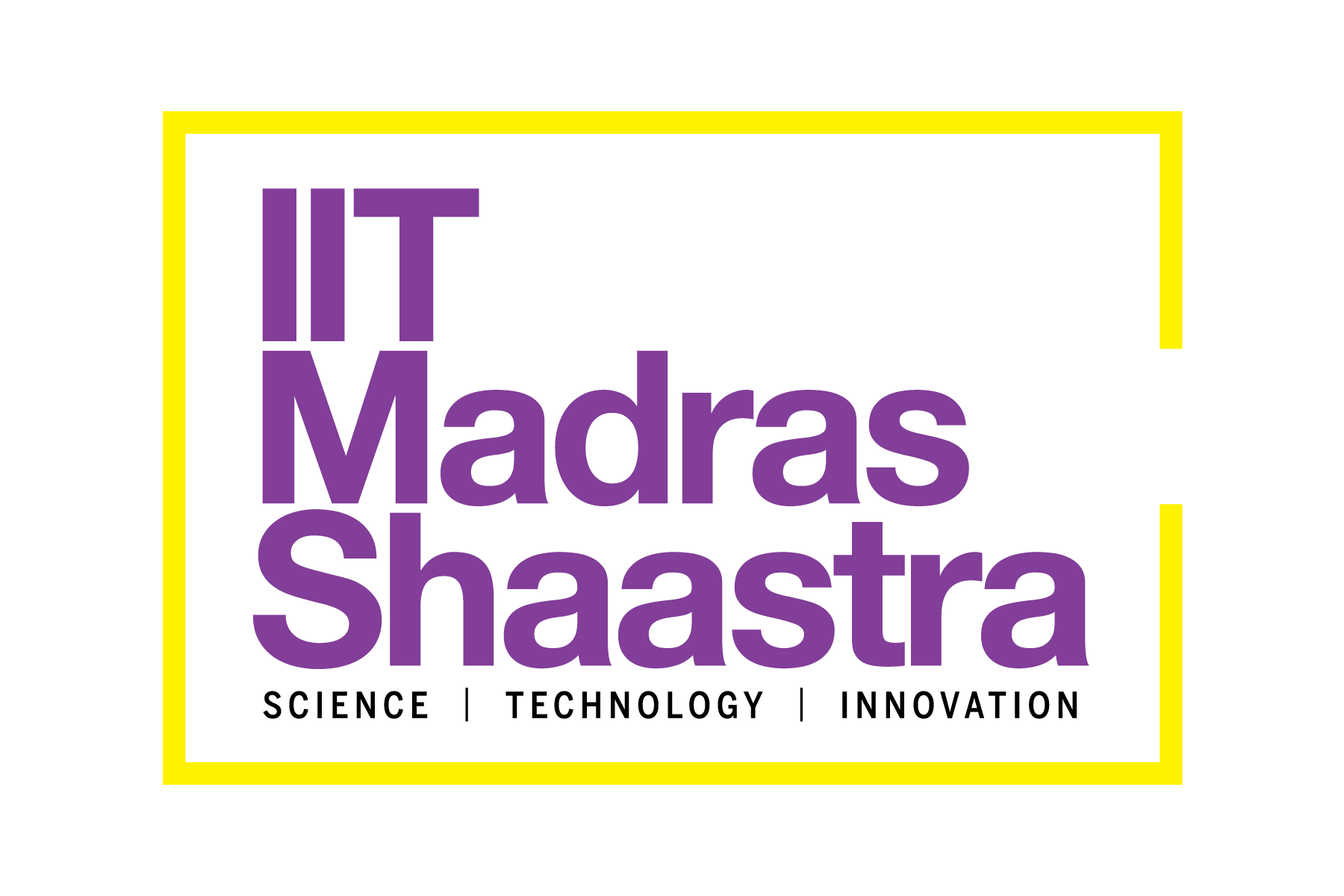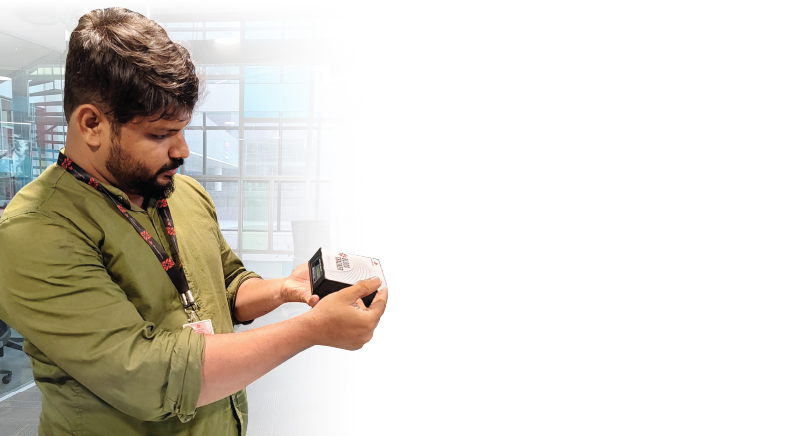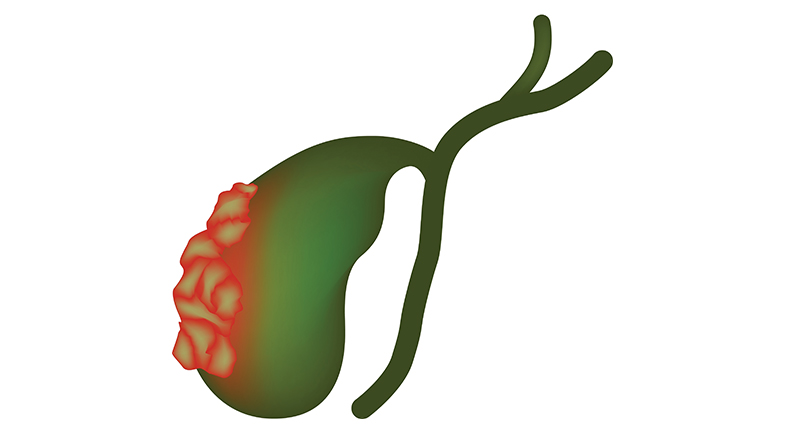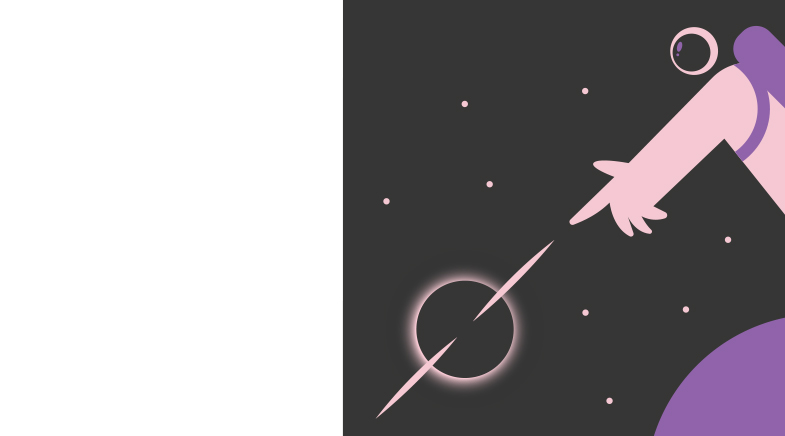In deep trouble
-
- from Shaastra :: vol 04 issue 06 :: Jul 2025

A documentary on the dire state of the oceans makes for a disquieting watch.
On June 8, World Oceans Day, Ocean with David Attenborough, a documentary presented by the eponymous natural historian, premiered on streaming platforms globally to an eager audience. This came a month after its big-screen release in select countries on his 99th birthday. The documentary begins with archival footage of Attenborough exploring the underwater world, followed by sequences of technicoloured fish brimming under the surface of the ocean. The underwater forests and meadows seem alive and well.
It's not long before the bubble bursts. In its second act, the documentary plunges into the deep, dark world of bottom trawling. Here, it shows what no other nature film has — footage of bottom trawling in gory detail. Think huge industrial nets emptying the seafloor of life and leaving nothing but billowing sand behind. It leaves one discomfited, as it should.
With heart-racing visuals accompanied by a background score that channels a melancholic mood, the film questions how the fishing practice has gone unchecked for so long. Like whaling, which almost wiped out the blue whale, bottom trawling is a centuries-old fishing method that has become more destructive with mechanisation. Industrial trawlers dragging heavy nets across the seafloor catch marine life indiscriminately — and end up wasting over three-quarters of it. According to estimates, in the 65 years leading up to 2014, bottom trawling had discarded nearly 437 million tonnes of non-target catch (bit.ly/fish-discards). These figures come alive on screen as the lifeless haul gets shoved back into the ocean from the deck of an industrial trawler. "It's hard to imagine a more wasteful way to catch fish," Attenborough observes.
What's more, bottom trawling unlocks billions of tonnes of carbon sequestered in marine sediments, further acidifying the ocean and reducing its CO2 buffering capacity. More than 50% of this CO2 makes its way into the atmosphere in less than a decade, as per a 2024 study (bit.ly/trawling-CO2).
Oceans are being overfished to such an extent that fishing communities and nesting seabirds have been left to starve. But there's no stopping the trawlers. Supertrawlers, the size of icebergs, now trawl Antarctic waters for krill instead, outcompeting penguins and whales, to make pet food, aquaculture feed and health supplements while at sea. The documentary features these "factories on the sea" as they process krill, which otherwise won't survive the trip back to land.
TURNING THE TIDE
There is, however, a sliver of hope. Attenborough notes that where a slice of the sea has been protected as a marine reserve or no-take zone, marine ecosystems and fisheries have recovered. That's true of even the most overfished sea, the Mediterranean. These effects have trickled into the neighbouring unprotected waters as well. But then, less than 3% of the ocean is highly protected.
Attenborough's first collaboration with National Geographic on the urgency of protecting more of the ocean couldn't have come at a better time. It released just ahead of the U.N. Ocean Conference, where the call to protect 30% of the ocean by 2030 as 'marine protected areas' made some headway, with 19 countries ratifying the High Seas Treaty, bringing the total count to 50. The treaty is meant to protect international waters, or 'the high seas' governed by no single nation, from overexploitation. For the treaty to become legally binding, 10 more countries must ratify it.
All things considered, the key message that Ocean sends is not that those who catch or consume seafood give it up. It is to encourage better practices. And what might those be — apart from granting legal protection to the ocean and preventing bycatch?
Taking invasive species and putting them on restaurant menus is one gastronomical trend that is catching on. Eating fish and shellfish that are in season is another. Science-backed initiatives such as Know Your Fish and InSeason Fish will tell you what to eat, what not to eat and when. On the west coast of India, for instance, black pomfret is best avoided during the monsoon when it is breeding, but Bombay duck — go fish! Or one can adopt zero-waste cooking that utilises all edible parts of the catch. Whatever floats your boat.
Have a
story idea?
Tell us.
Do you have a recent research paper or an idea for a science/technology-themed article that you'd like to tell us about?
GET IN TOUCH















